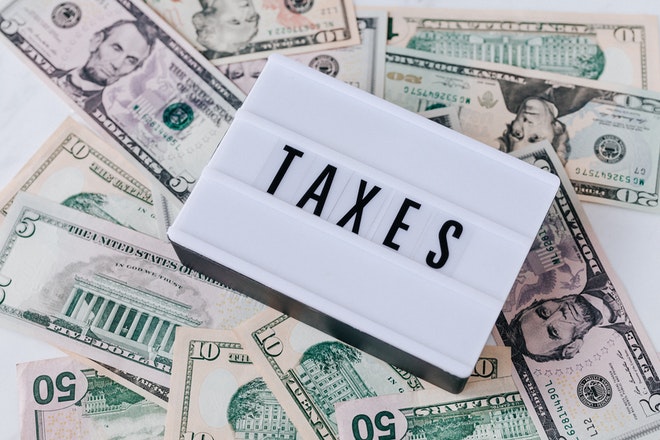Taxes on investments depend on the types of your investment. While it’s not always the most fun thing to tackle, smart income tax planning is important. You can save money on your taxes by understanding how to maximize certain things.
One of the areas of confusion, particularly if you’re relatively new to it, is investments and how those are taxed.
You can take advantage of things like losses in some cases, but it’s complex. There are taxes on investment income, including dividends, rent on real estate and interest, and there are also federal income taxes on realized capital gains.
Investments and Taxes
The following are some of the things you should know about taxes on your investments.
Tax on Capital Gains
One of the most fundamental things to know about taxes on investments is that there are taxes on what are called capital gains. Capital gains are profits when you sell an asset.
That might mean stock shares, a business, or a piece of land.
The money you make on these sales is your capital gain. The rate you pay depends on how long you had the asset before you sold it.
The tax rate on capital gains that you hold for more than a year is either 0%, 15%, or 20%.
If you held the asset for less than a year, then the capital gains tax rate is usually the same as your income tax rate.
You can minimize capital gains taxes with your losses, which is called tax-loss harvesting.
If you sold one stock for a profit and another at a loss, then you’re taxed on the difference.
Divided Taxes
Dividends that you receive from stock ownership are taxable. They become taxable income in the year you receive them, even if you didn’t get your dividend in cash. For example, if you have your investment account set up to automatically reinvest your dividends, then you still have to report it as taxable income.
Dividends are usually broken down into two categories—qualified and nonqualified.
Your tax rate on a nonqualified dividend is the same as your income tax bracket. Your qualified dividends tax rate is typically lower, and it can be 0%, 15%, or 20%, based on your filing status and income.
If you hold your investments for longer, your dividends may then be eligible for a lower tax rate.
Understanding Tax-Favored Accounts
If you’re relatively new to investing, you should first put your investments in what are called tax-favored accounts.
A Roth IRA is an example. The traditional IRA and 401(k) accounts are also tax-favored.
Then, you can invest, but you don’t have to pay taxes on your growth until you take the money out of the account.
With these accounts, you’re taking advantage of compounding growth theoretically until you hit retirement and take the money out.
What is a Wash Sale?
Tax-loss selling is considered an investment strategy that can help you reduce your taxable income.
With tax-loss selling, you’re selling a security that took a loss in order to then report it as a capital loss when you file your taxes. As was briefly mentioned above, this can then lower or perhaps completely eliminate any other capital gain.
In order for this to be part of your tax strategy, you have to sell or liquidate your position during said tax year.
If you have an unrealized loss, you can’t deduct it from your taxes.
When investors use this strategy, they will sometimes opt to replace the security they liquidate with one that’s similar to then keep getting the same returns, approximately.
In doing this, you have to be mindful that you don’t trigger what’s called a wash sale.
A wash sale is what happens when you sell at a loss and then within 30 days, you buy the same investment or even one that’s considered substantially identical.
Selling a House
While investments can be the securities you hold in the stock market, you may have other investments as well.
For example, if you sell a home for a profit, you might be taxed on your gain.
You can usually exclude up to $250,000 of capital gains on your primary residence if you’re single. That goes up to $500,000 if you’re married and filing jointly.
You would then have to pay taxes on the difference based on your tax-filing status and income.
Day trading has become increasingly popular thanks to the technology that facilitates it for a broader base of people, and these individuals might want to be especially mindful of taxes on investments.




